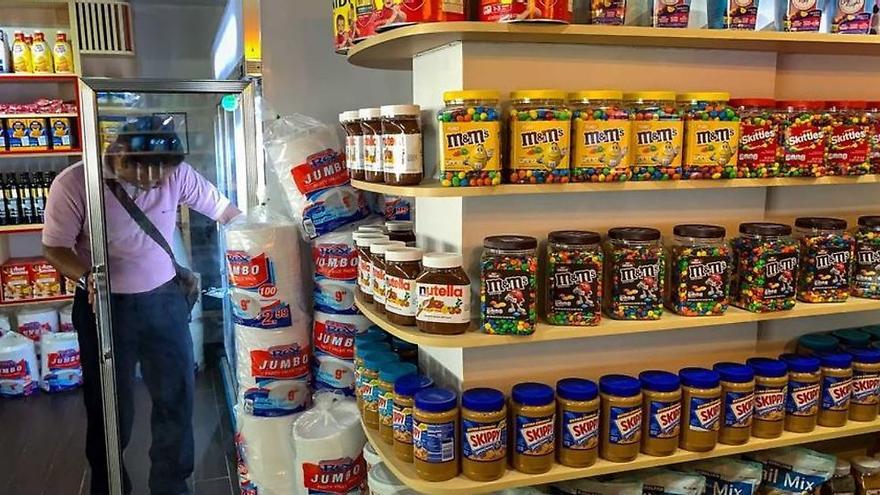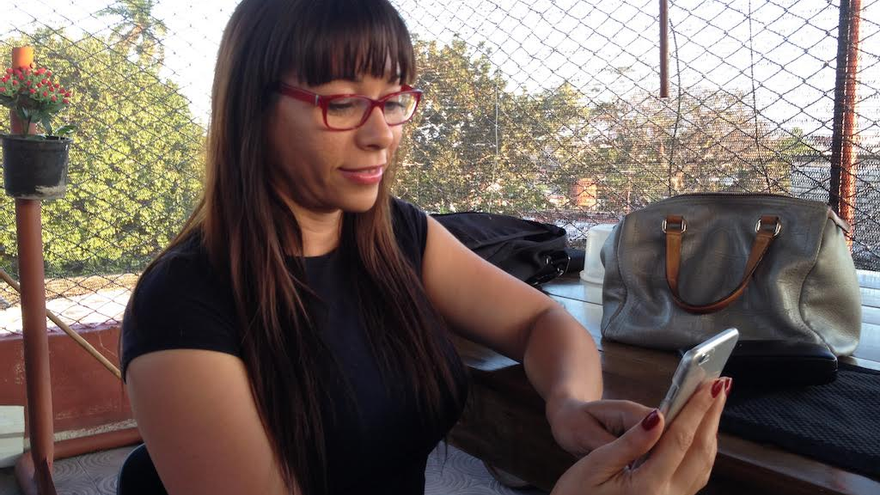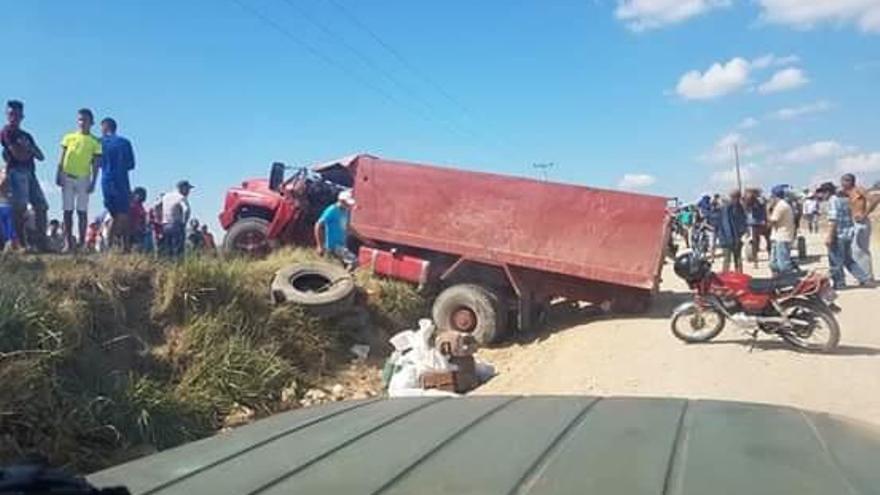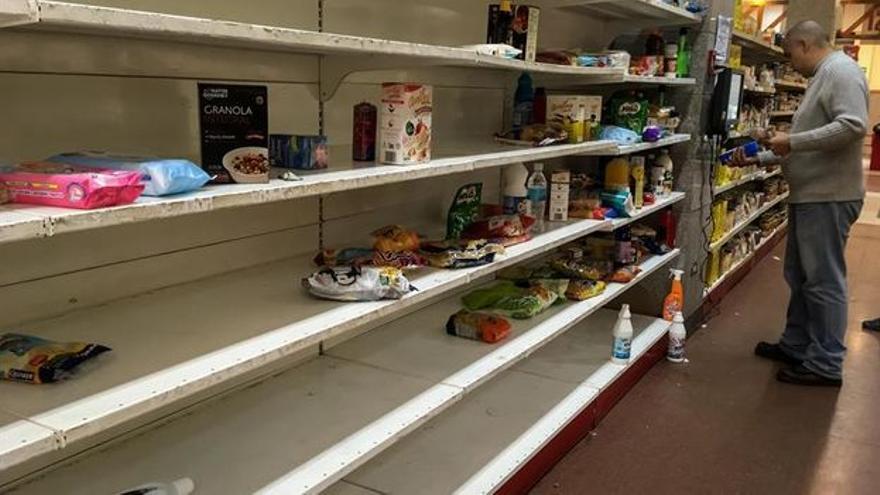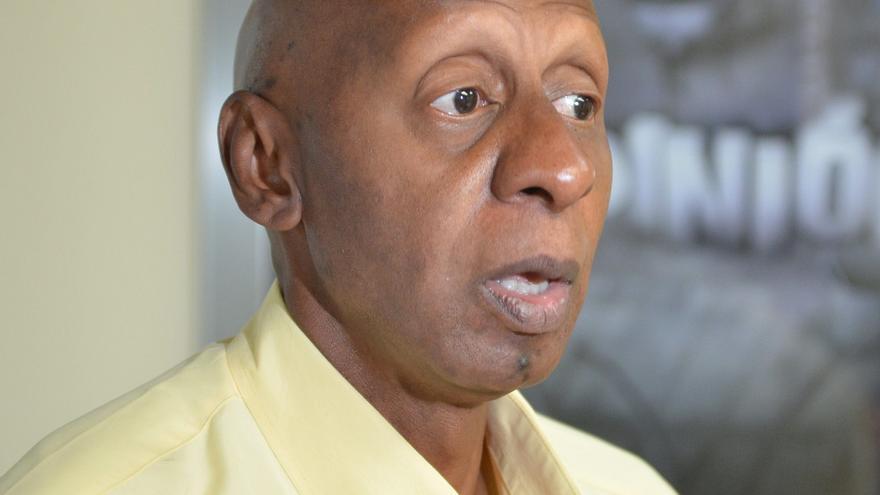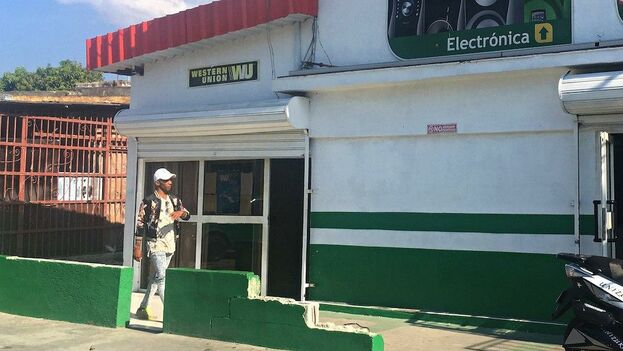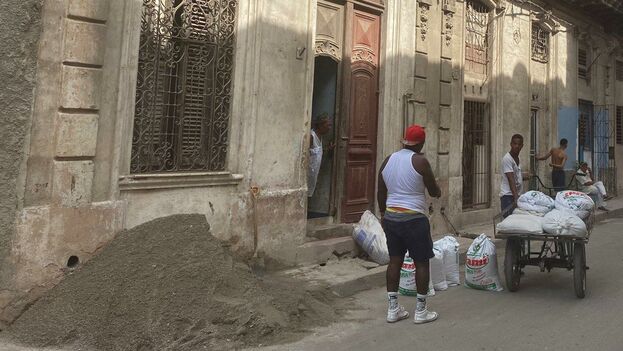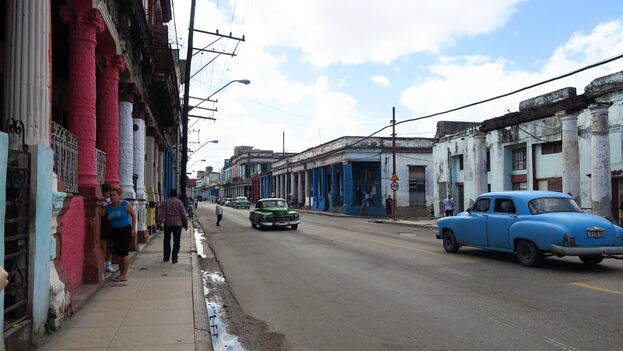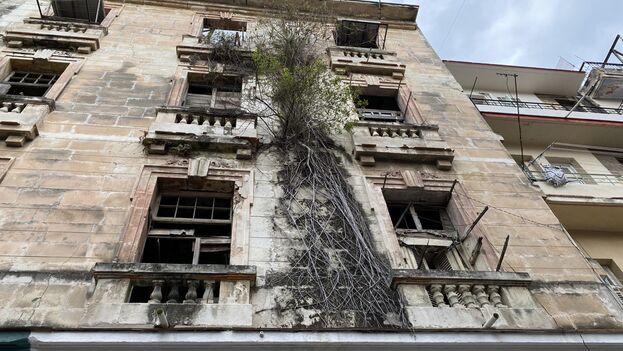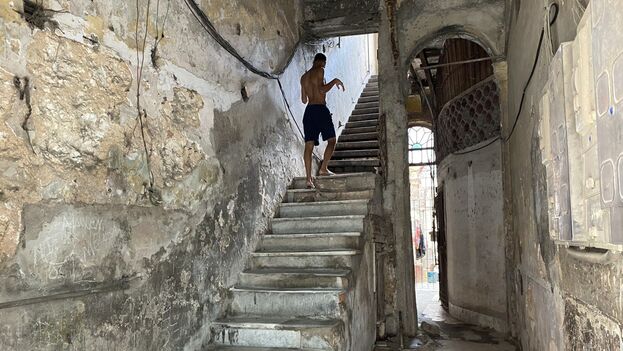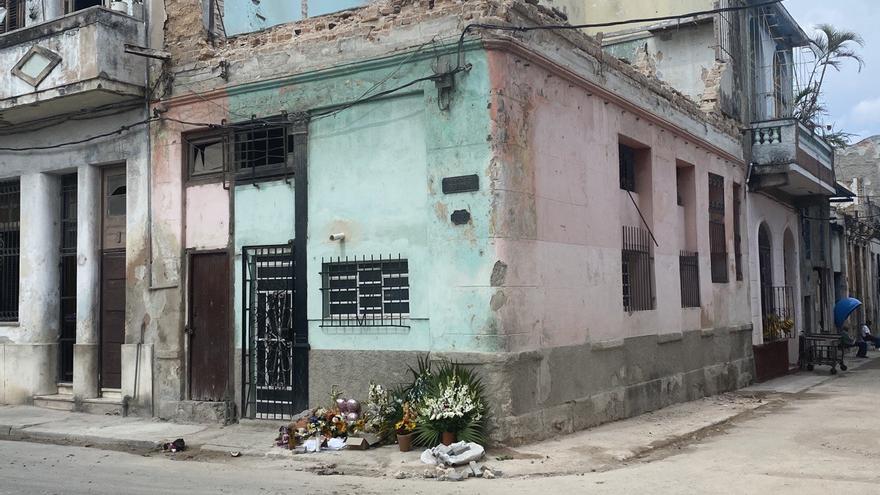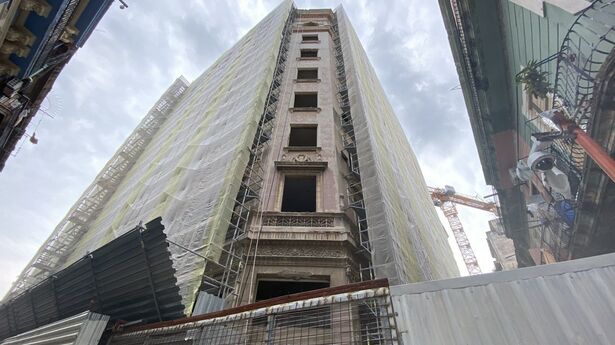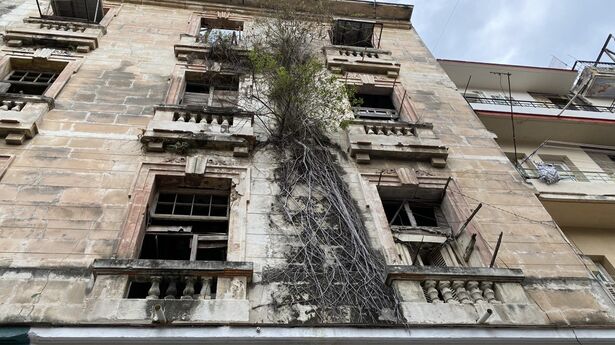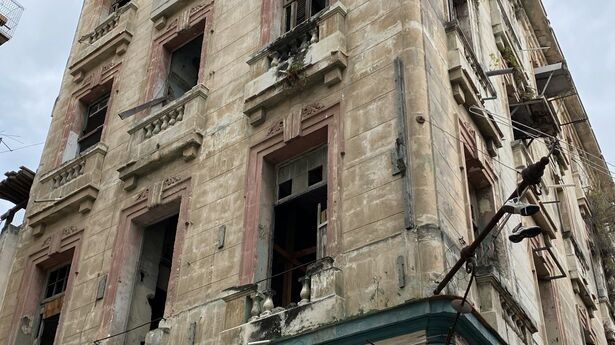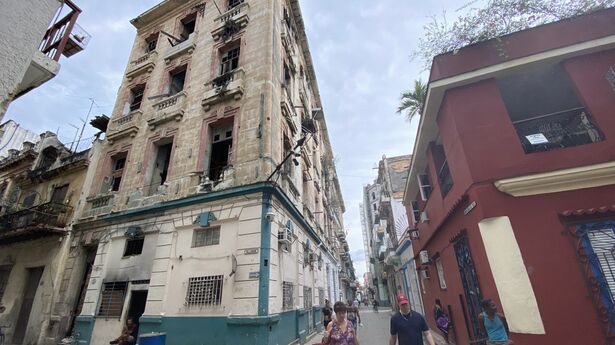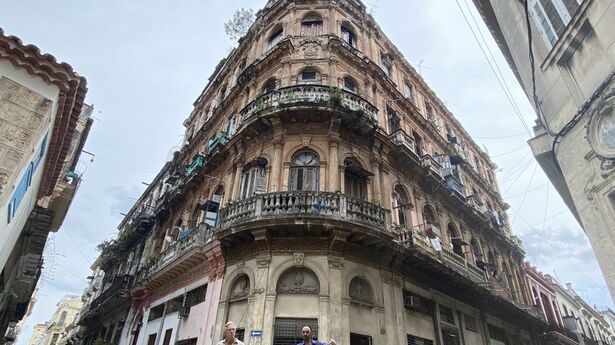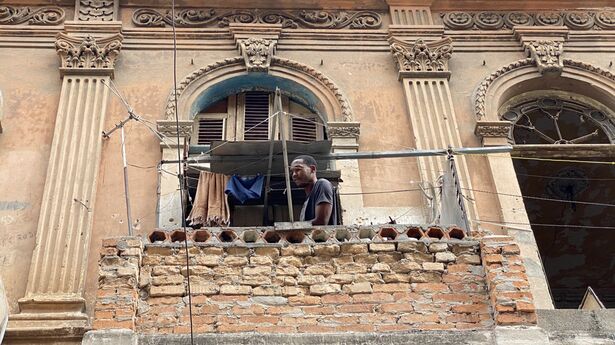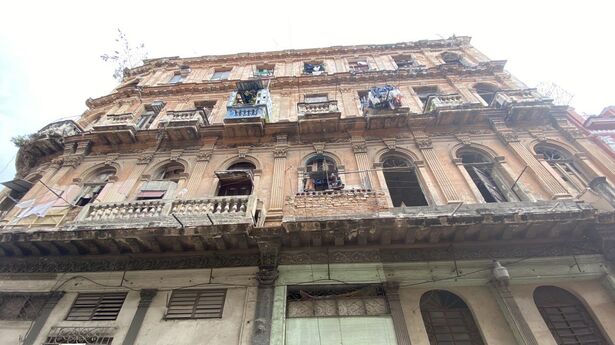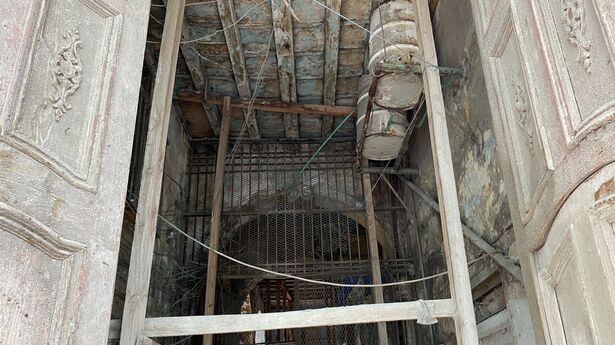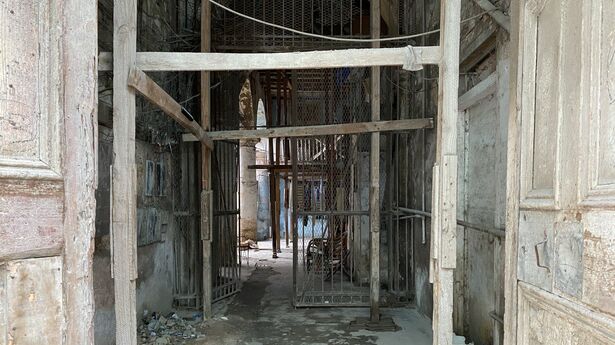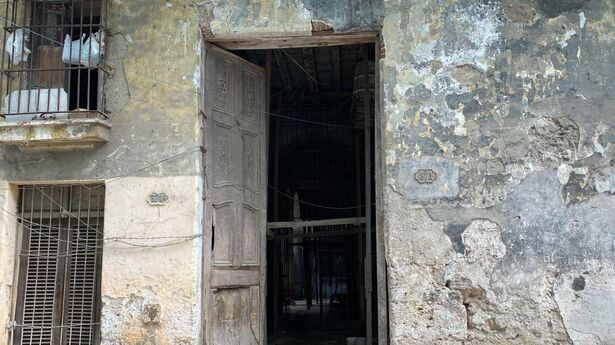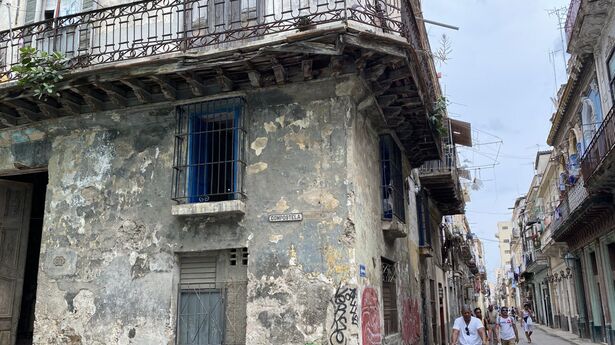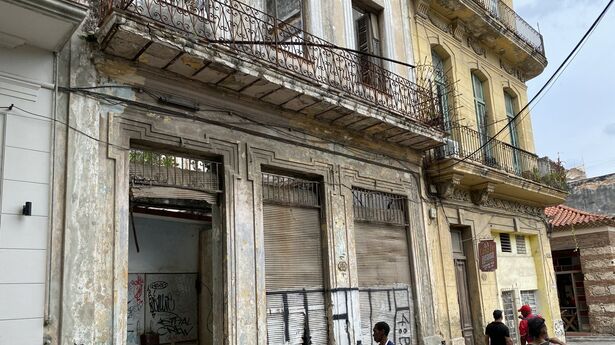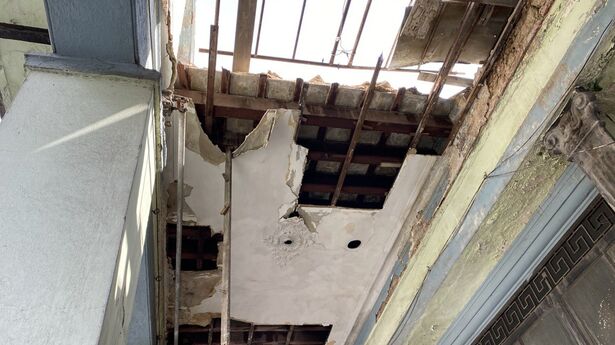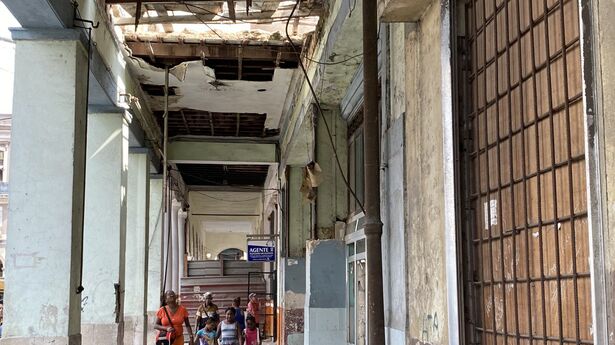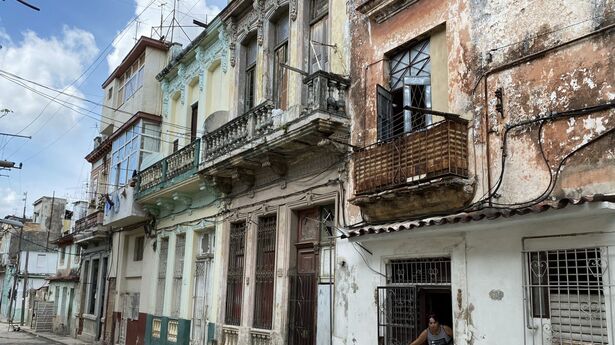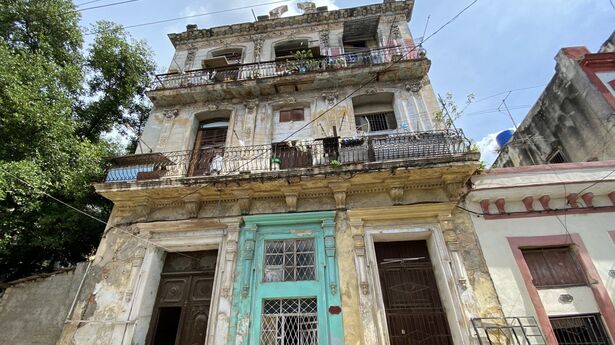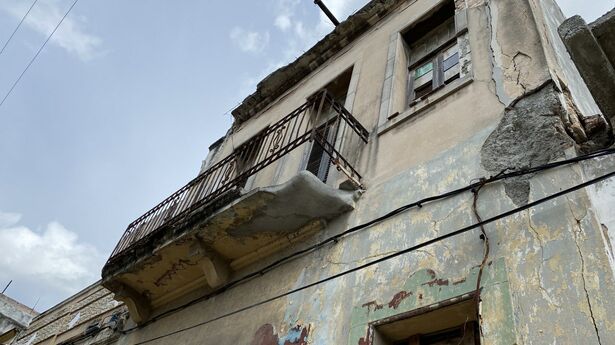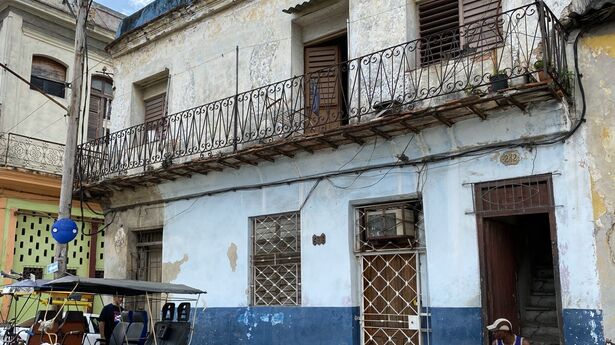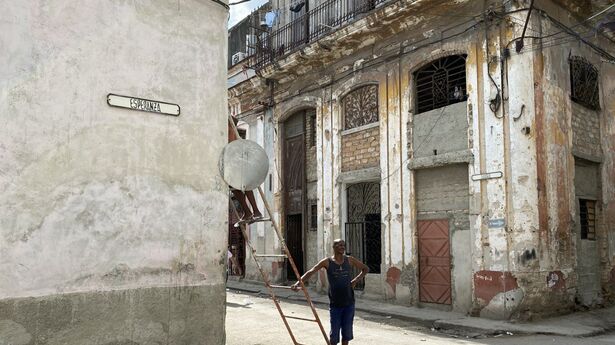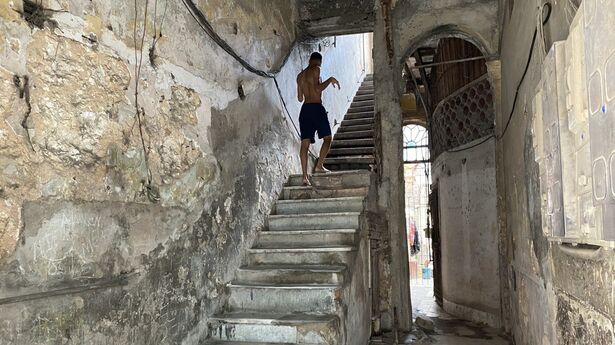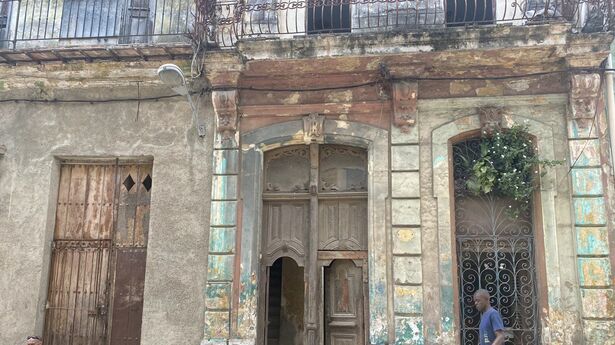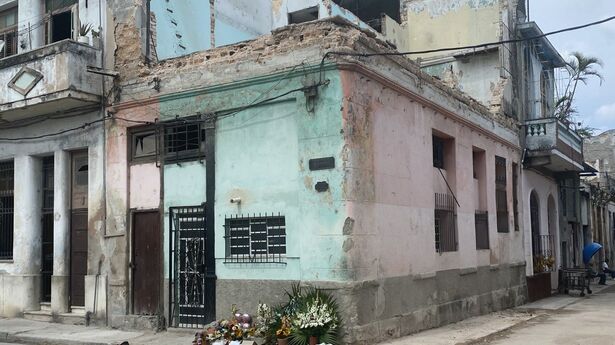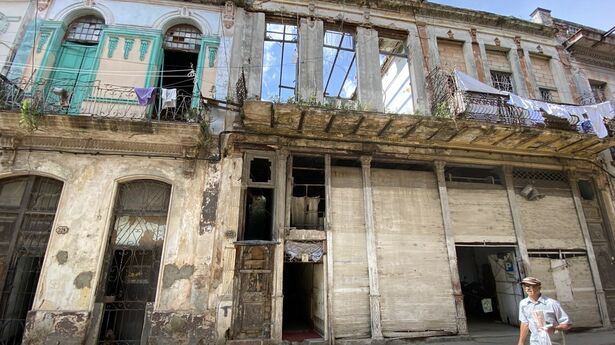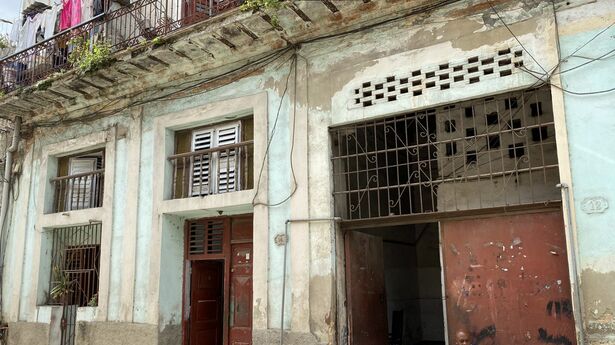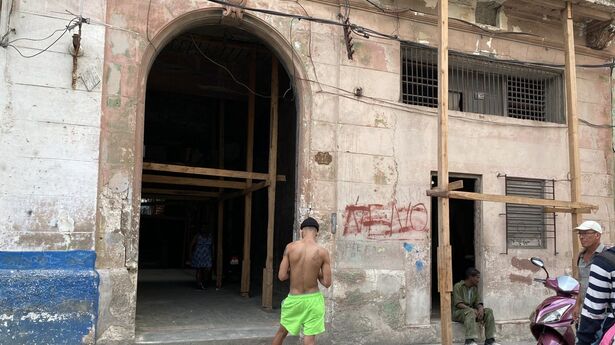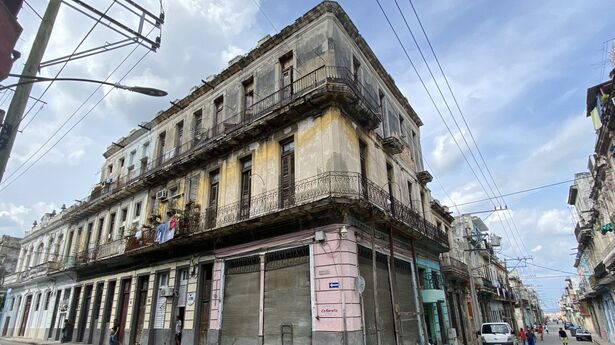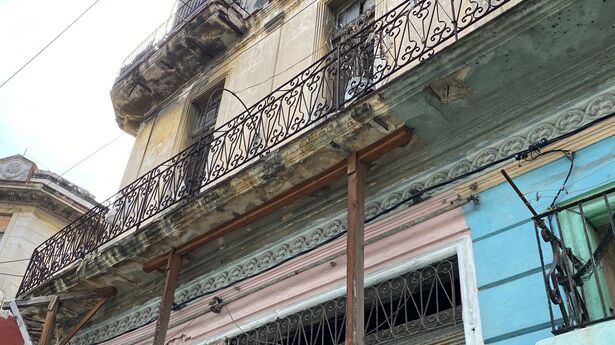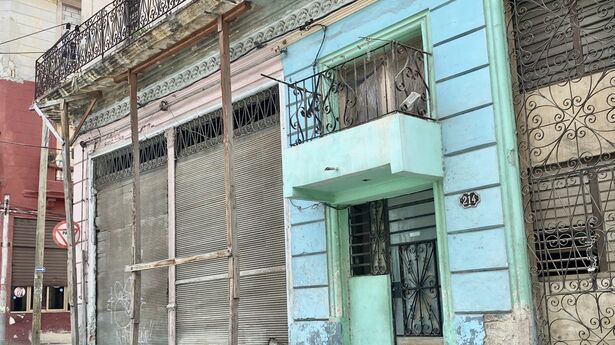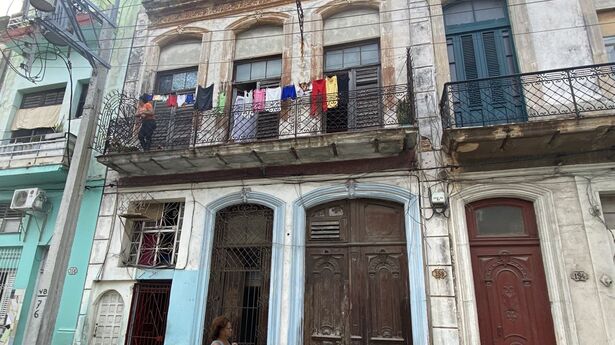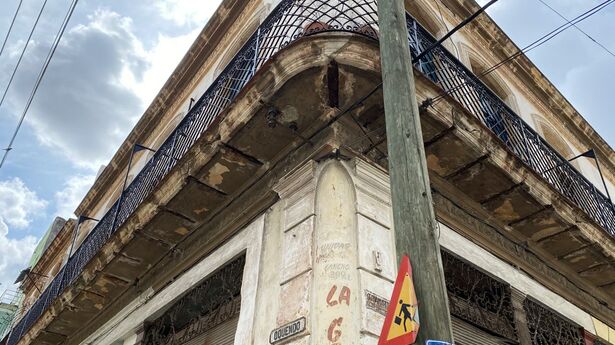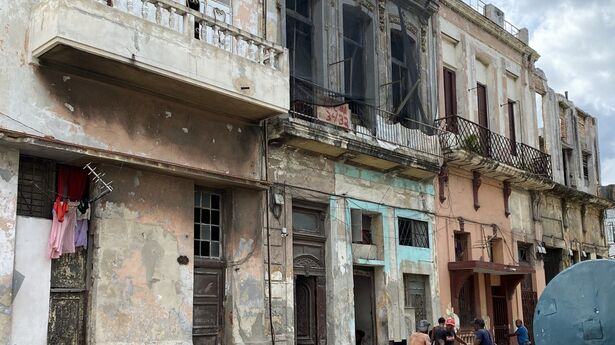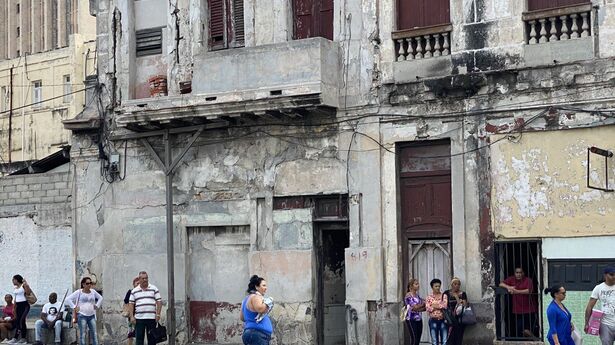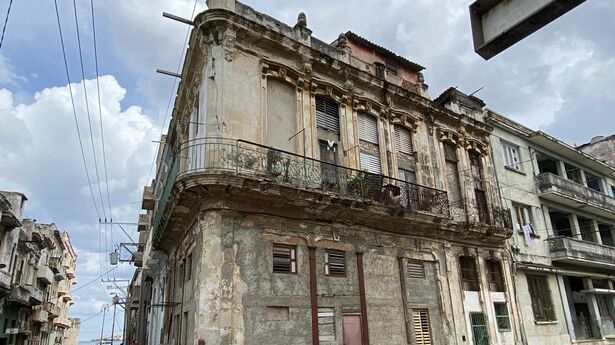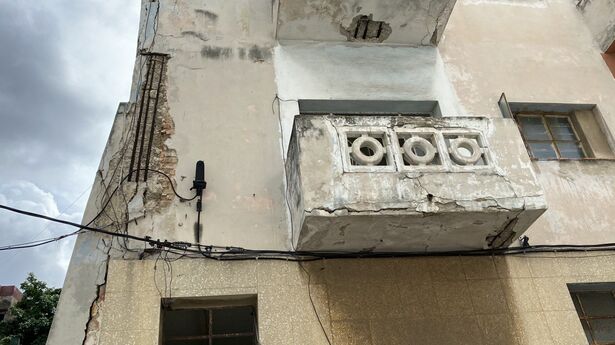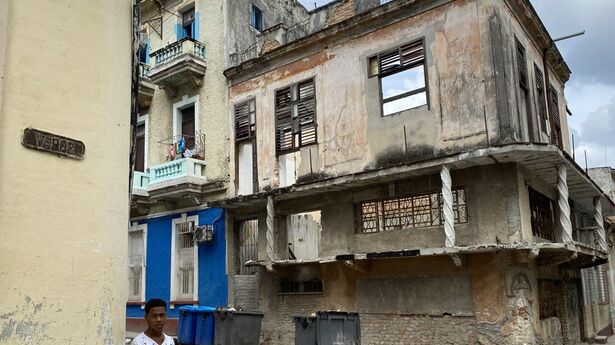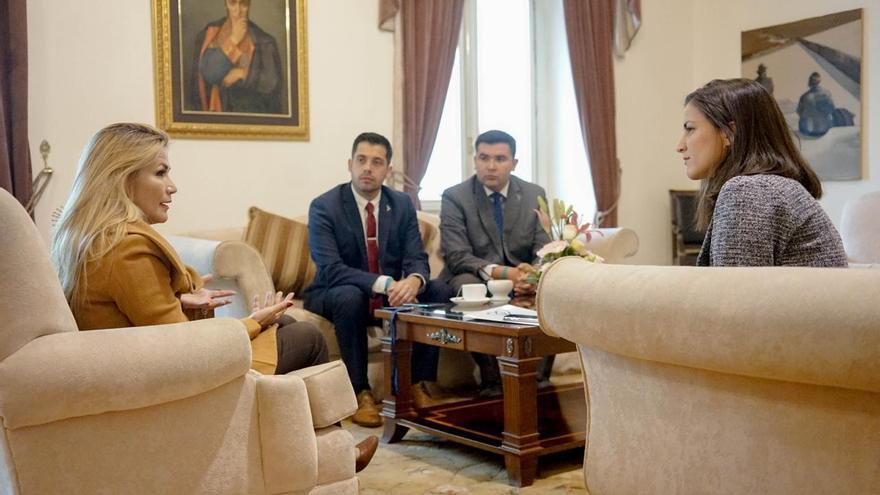
![]() 14ymedio, Havana, 10 February 2020 — The strong smell and taste of oil of the water in the middle of last week in several Havana neighborhoods was not due to people’s imagination, nor was it a sabotage of “The Clandestinos,” as was rumored. The cause was a rupture of a pipeline that carries fuel to the José Martí airport in the capital that, inexplicably, contaminated the distribution network of the Vento Canal that supplies drinking water to the population.
14ymedio, Havana, 10 February 2020 — The strong smell and taste of oil of the water in the middle of last week in several Havana neighborhoods was not due to people’s imagination, nor was it a sabotage of “The Clandestinos,” as was rumored. The cause was a rupture of a pipeline that carries fuel to the José Martí airport in the capital that, inexplicably, contaminated the distribution network of the Vento Canal that supplies drinking water to the population.
This Sunday, the supply to the center, south and east of the capital which have been affected since last Wednesday, a break caused water pollution on Avenida de Boyeros between Vento and Capdevila, in the municipality of Boyeros.
This Sunday, the general director of Aguas de La Habana, Leonel Díaz, explained that the brigades of the company and Cubapetróleo (Cupet) were still working to solve the breakdown, which occurred in the pipeline that takes turbo fuel to the José Martí International Airport and passes above the Vento canal, which supplies water to a good part of the capital. continue reading
“I was afraid to bring the water to a boil, in case it set the house on fire given there was so much oil it could be seen floating in the pot,” said Matilde, a resident of José Martí neighborhood, in the Boyeros municipality. Here, as in other places it was necessary to empty the cisterns and clean them and then fill them with water trucks, which meant a waste of thousands of liters of water. Those who have raised tanks had to do the same in their homes.
“The ultimate solution is very complex,” Díaz said, since not only must the section be removed from the affected pipe, but “remove and replace the contaminated the pipe runs through must also be removed and replaced, in order to avoid further contamination, after the reestablishment of the pipeline.”
The most affected areas are Diez de Octubre and Guanabacoa, although some neighbors from other municipalities have said they have received contaminated water despite the fact that, according to the official, the pumping of water stopped when the incident was reported.
This decision, which had to be taken unexpectedly, surprised many. Usually when a planned repair is made, a notice is sent to the residents so that they can store some water to deal with at least the first 24 hours, but in this case they took most of those affected by surprise and on Monday, as they say,they were who were still on Monday, as they say, “asking for water by signs.”
The neighborhoods of Plaza, Centro Habana, La Habana Vieja and Cerro have been partially affected the supply problems, although the breakdown occurred in the courtyard of the Basic Provincial Electric Organization of the Cuban capital, in Boyeros.
Díaz said that approximately half of the cisterns that had been filled with contaminated water have been cleaned and have been replenished by tanker trucks. In addition, he said, the population receives water from pipes “of optimum quality and suitable for consumption, which is constantly supported by the analysis of the specialized laboratories” of the state company.
This Sunday cuts and alterations in the supply were announced in several municipalities and districts of Havana, some of which will last until Monday or even next Wednesday.
The problems that the capital has suffered for decades with the water supply have even changed its face. Storage tanks proliferate on rooftops, many residents have invested in building tanks on the ground floors and the sound of electric motors lifting water to the upper floors is part of the city’s inseparable noises.
In the most affected neighborhoods, residents must travel several times a week to other areas that still have water supplies, and from there they can carry home water in tanks, buckets and other containers. A special cart made of wood with bearing wheels (popularly known as “ball boxes”) is used to carry the containers.
The so-called “water thieves” have also proliferated in the last half century, with electric pumps that suck the liquid from the central pipes when the lack of pressure or poor supply does not allow it to reach the interior of the houses. In all cases, the costs of installing tanks, making tanks and buying these pumps fall to the resident’ account, something that is complicated in buildings with a greater number of apartments where collecting common money is sometimes not an easy task.
_______________________
COLLABORATE WITH OUR WORK: The 14ymedio team is committed to practicing serious journalism that reflects Cuba’s reality in all its depth. Thank you for joining us on this long journey. We invite you to continue supporting us by becoming a member of 14ymedio now. Together we can continue transforming journalism in Cuba.

